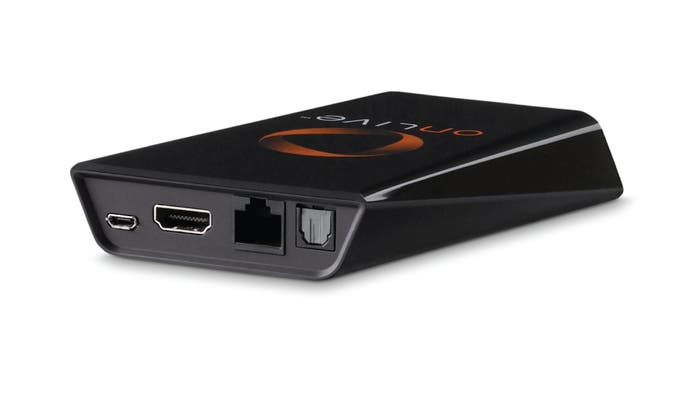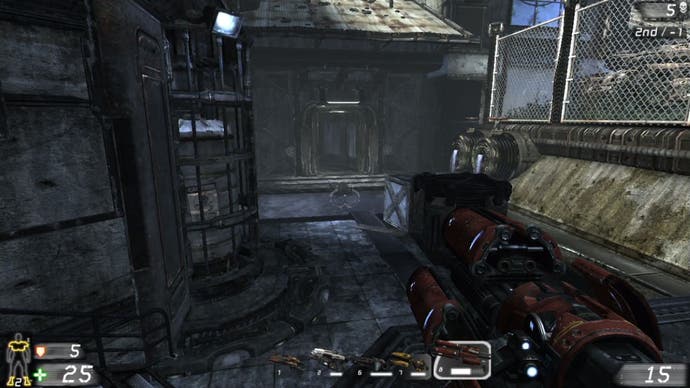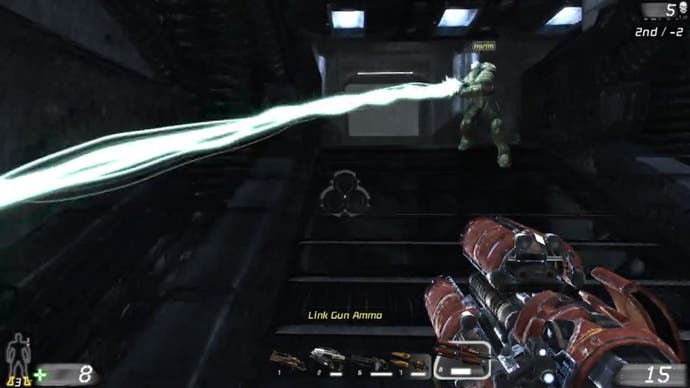In Theory: How Blu-ray players could host cloud gaming
Is this OnLive and Gaikai's secret weapon?
The Blu-ray chipsets themselves are off-the-shelf SOCs - so-called "systems-on-chip" designed for hardware-accelerated video decoding and other more mundane functions, using very low power levels. Some evidence that the bog-standard SOC decoders can handle cloud gaming video is found in David Perry's recent blog post showing Gaikai streaming World of Warcraft on the iPad at the system's native 1024x768 resolution.
The notion of a software decoder on the relatively feeble 1GHz ARM CPU within the Apple SOC being able handle this resolution at 30 frames per second is somewhat implausible, leading to the inescapable conclusion that Gaikai is utilising the hardware h264 decoder that is a part of the A4 chip.
This all suggests that no matter what additions, tweaks and new features have been added encoder-side, the transmitted stream is still standards-compliant or close enough to it. Also worth bearing in mind is that the released specs of the Apple A4 h264 decoder are a subset of what we find within the SOCs used in HD satellite boxes and within Blu-ray players, meaning even more powerful h264 decoding potential is contained within those devices.


So if h264 playback is not a problem, what about the basic interfaces then? To stream video from the internet you're going to need a LAN port: no problem, any Blu-ray player supporting the latest BD Live profiles will have one. You're also going to need some kind of controller too, of course. If there's no onboard Bluetooth, chances are that the USB ports typically used to view photos will be up to the task of handling a joypad.
On many systems, most of these interface functions are built into and handled by - you guessed it - the SOC. Indeed, bearing in mind how miniscule and tiny OnLive's Micro Console is, it wouldn't be a colossal surprise if the internals consisted of just the system-on-chip with surrounding circuitry and ports to hook up your A/V equipment, controllers and internet connection: cheap to mass-produce and effectively give away for free to subscription-paying customers.
Bearing in mind the prevalence of h264 and cloud gaming's inherent strength in terms of accessibility without dedicated gaming hardware, the marriage of this new form of delivery system with the set-top box is something of a no-brainer. Indeed, with HD video decoders set to be built into displays themselves (like the integrated Freeview we see now), the set-top box itself may not be required at all.
The question now is about just how good the gameplay experience will be. This of course relates directly to the lag factor: the time taken to beam control inputs over the net and to receive the resulting video will never be faster than a local connection. Again, referring back to our initial article on OnLive, our prediction on a best-case scenario on how to make this work appears to have been pretty close to the mark.
We said that there was "one way to make this work and guarantee the necessary quality of service, and that's to adopt an IPTV-style model. The OnLive datacentres will be licensed to ISPs, who will have them at their base of operations. Latency will be massively reduced, the connection will be far more stable."
Lo and behold, for the UK at least, OnLive has hooked up with BT, who can host the datacentres directly on their hub, and of course have a proven track record in providing IPTV services.


Assuming the lag passes human perceptual tolerances (read more about local gaming lag on local platforms in previous Digital Foundry features), the focus then shifts to picture quality.
Even with the introduction of parallel encoding and periodic intra refresh, OnLive's claims of 720p60 video at 5mbps still don't make sense for colourful, fast action games, and indeed the GDC 2010 presentation saw a somewhat variable frame-rate on the Burnout Paradise and Unreal Tournament III demos we witnessed. Not only that, but an analysis of the OnLive beta by PC Perspective also demonstrated quite savagely how impacted video quality can become in fast action scenes. While OnLive itself took issue with this report, their complaints related to the comments on lag as opposed to the quality of image.
The bottom line is that in terms of that all-important gameplay experience - in terms of both lag and image quality - it's now very close to delivery time.
OnLive launches Stateside on 17th June, and we'll be there...







